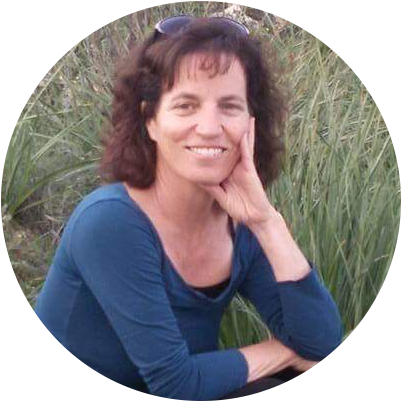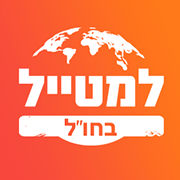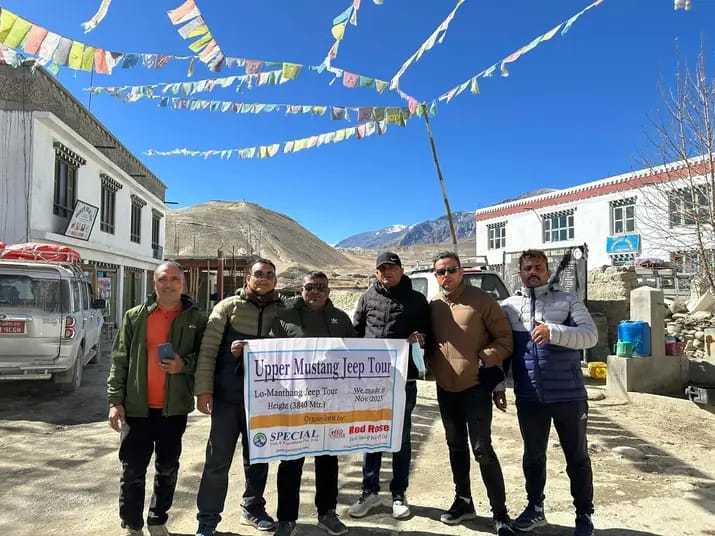Best time for Upper Mustang Trek
Upper Mustang Trek can be done all year round. Depending on your time and goals, you can visit Mustang at any time. Different seasons offer different experiences for trekkers. The topography, climate, and natural setting each have their advantages and disadvantages.
Spring (March to May):
The Mustang area blooms with flowers in the springtime. You will be surrounded by beautiful nature as you walk to Mustang. The weather is a little bit warm and the lower regions are full of greenery and melted snow. It's a great time to explore both Lower and Upper Mustang. You can cross the high passes during this season with spectacular 360-degree views around you. If you want to dive deeper into Mustang's culture, there will be the Tiji Festival in the middle of May. Be sure not to miss it and plan accordingly
Summer/Monsoon(june to August):
Since Upper Mustang is situated in the rain shadow area of the Annapurna range, the trails are in great shape with long, warm, bright days and breathtaking visibility. The weather is ideal and there will not be much effect of rain in the Upper Mustang area. However, the lower region of the Mustang will be affected by the monsoon rain, which will make the trail quite muddy and treacherous.
Autumn/Fall(September to November):
Autumn is one of the busiest and most popular seasons to travel in the Mustang region. Due to the high number of trekkers, it is advised to make early reservations in advance during the fall season. Trekking is preferredin this season due to the dry, cool weather and bright skies. Various mountain ranges can be seen along the trail, and you will also see locals who are migrating to lower altitudes to protect themselves and their livestock from the intense cold.
Winter (December to February)
The Mustang region faces one of the heaviest snowfalls during the winter season. Some of the high passes and peak climbs will remain shut for trekker’s safety during this season. Those who want to challenge themselves and prefer solitude while hiking may choose this season to explore the Mustang region. Due to severe cold, people living at higher elevations relocate to lower altitudes and the trails will be covered with snow. Without the right equipment, supplies, clothes, and a proper guide during this time of the year, the trek can be almost impossible.
Permits Required for Trekking in the Upper Mustang Region
The Upper Mustang region was closed to foreigners up until 1992 to protect and preserve its culture and raw nature. For now, you have to getspecial permission from the government for a trek or a drive in the region. While trekking in the Upper Mustang region, you'll need two permits:
Restricted Area Permit(RAP):
It is one of the most expensive to get while trekking in Nepal and only a few trekkers get this permit. The permit costs USD 500 for the first 10 days and after that, it will cost USD 50 every day. Local guide is compulsory, without a local guide, you are not allowed to enter this region. If you are travelling with a local agency you must be at least 2 foreign trekkers accompanied by a licensed trekking guide.
Annapurna Area Project(ACAP):
This permit costs USD 30 per person for any number of days. The goal of this permit is to achieve a sustained balance between nature conservation and socio-economic improvement in the Annapurna Conservation Area (ACA).By collecting certainfeesit will be used for the sustainability and conservation of the Annapurna Conservation area.
Food and Accommodations
Food: All meal expenses are included in our package. During the upper Mustang trek, you will get to enjoy a combination of Western and traditional Nepali/Tibetan dishes. You will enjoy Dal Bhat, momo, thukpa, pasta, fried rice, sandwiches and more. You can also have Tibetan bread with egg and curry, bread toast and porridge with tea or coffee.
Accommodation: For accommodation in Kathmandu and Pokhara, you will be providedwith 3-star rooms for single or twin/double sharing. However, different accommodation facilities are available in these cities, ranging from the most affordable to luxurious. You can upgrade your room for an additional fee. During the trekking in the Upper Mustang region. The accommodation is prepared with basic beds, pillows, mattresses and blankets. You may share a room with other trekkers and communal washrooms are common. As the Upper Mustang is influenced by Tibetan Culture and tradition, you will be able to see the Tibetan-style houses and beautiful prayer rooms.
Day in an Upper Mustang Trek
Every day you'll be experiencing a new adventure. You'll explore nearby villages, take pictures, and enjoy the views. Our friendly guides will be with you, sharing information about the places you'll visit. We'll also have porters to help with carrying luggage. Make sure to pack a small bag with things you need and want to keep close to you.
We will have a cup of coffee or tea to start the day. Depending on the length and type of hike, we begin our adventure between 7 and 8 AM after a good breakfast. We'll see mountains all around us and enjoy the desert-like landscape with Buddhist shrines called gompas, stone walls with Buddhist writings (mani walls), and colourful prayer flags. You can also explore caves beside the stunning mountains.
After trekking for 3 to 4 hours, we'll stop for lunch at a tea house along the route to where we're headed for the day. We will continue trekking after an hour of rest. The trek in the afternoon took about 2 and 3 hours. You can snack on extra foods like energy bars and chocolates brought by you. Once you are settled in your tea house room, you can relax or even tour the area until night.
Dinner is served from 6 to 7 PM. You can have friendly conversations and discuss the day's events after dinner and before bed. You will receive an explanation about the upcoming plans from your trek leader or guide. You can read, watch mountaineering movies or play cards afterwards. You can also learn basic Nepali and Tibetan Languages with locals as well.
Physical fitness required for the trek
Because of its moderate difficulty level, this trip requires basic physical fitness. Injuries or illness could be fatal and you are walking more than other Upper Mustang Trek routes, so please assess your level of fitness before planning for this trek.
Assess your fitness:
It is recommended to work out regularly (running, swimming, or the gym) for at least half an hour to get ready for the trip. At least 30 days before the trek, try to walk at a moderate speed for 30 to 45 minutes at a time. Not only will this increase your cardiovascular endurance but also your overall fitness. Your stability and endurance can also be improved by strengthening your back, legs, and core through exercises or stair climbing, particularly on uneven terrain.
If you're not currently meeting these criteria, don't worry! You can still prepare for the trek with a consistent training program:
- Start with shorter walks and gradually increase the duration and intensity as your fitness improves.
- Incorporate uphill sections into your walks or utilize a Stairmaster to simulate the trek's terrain.
- Focus on strengthening exercises like squats, lunges, planks, and core exercises.
- Listen to your body, don't push yourself too hard, take rest days when needed, and consult a doctor if you have any concerns.







